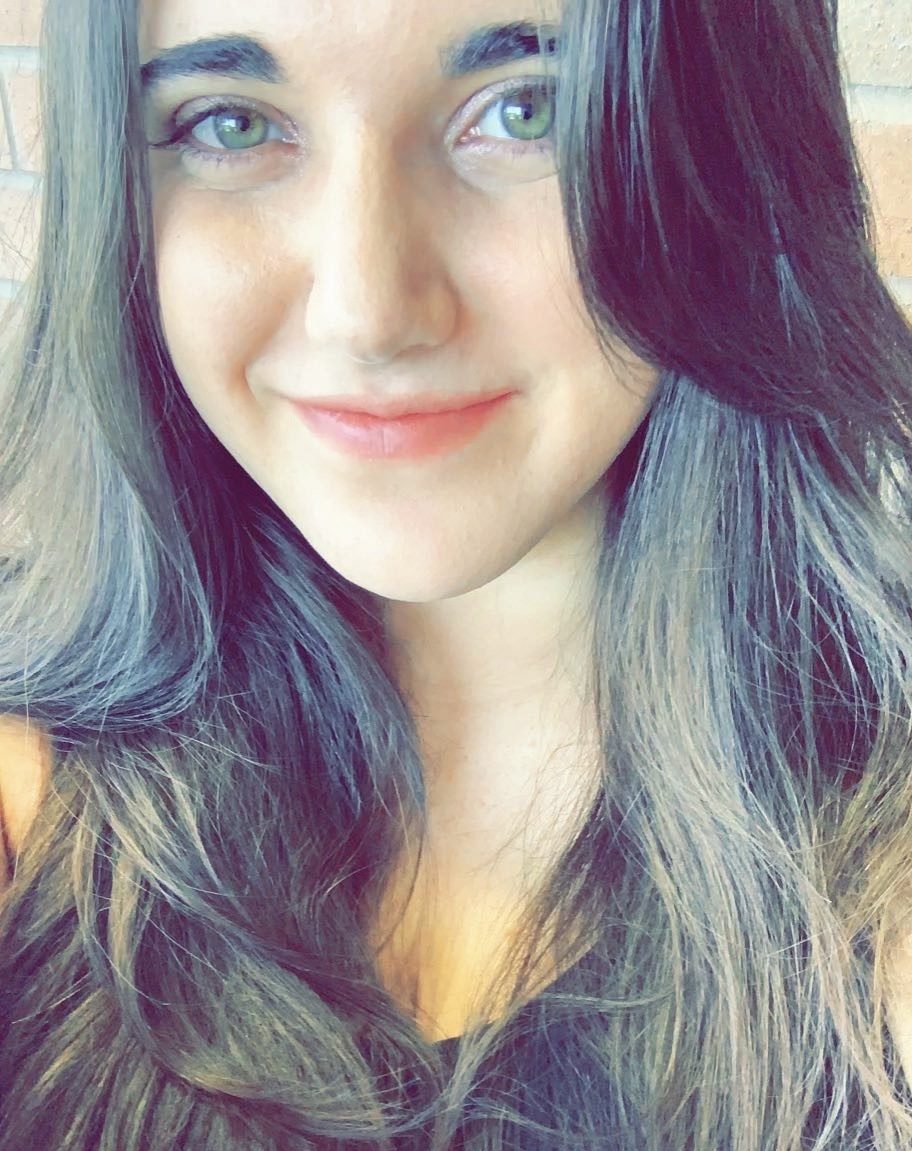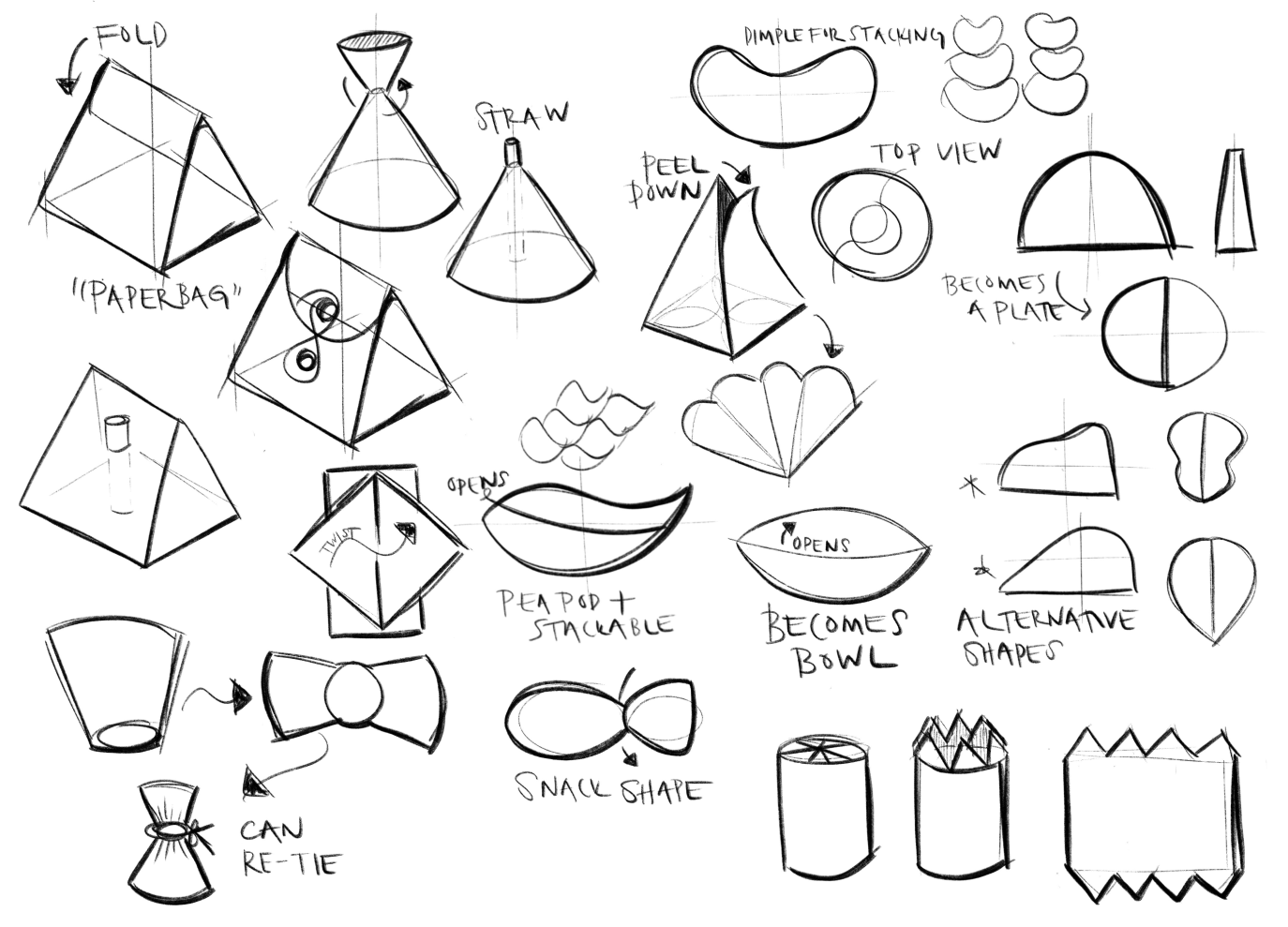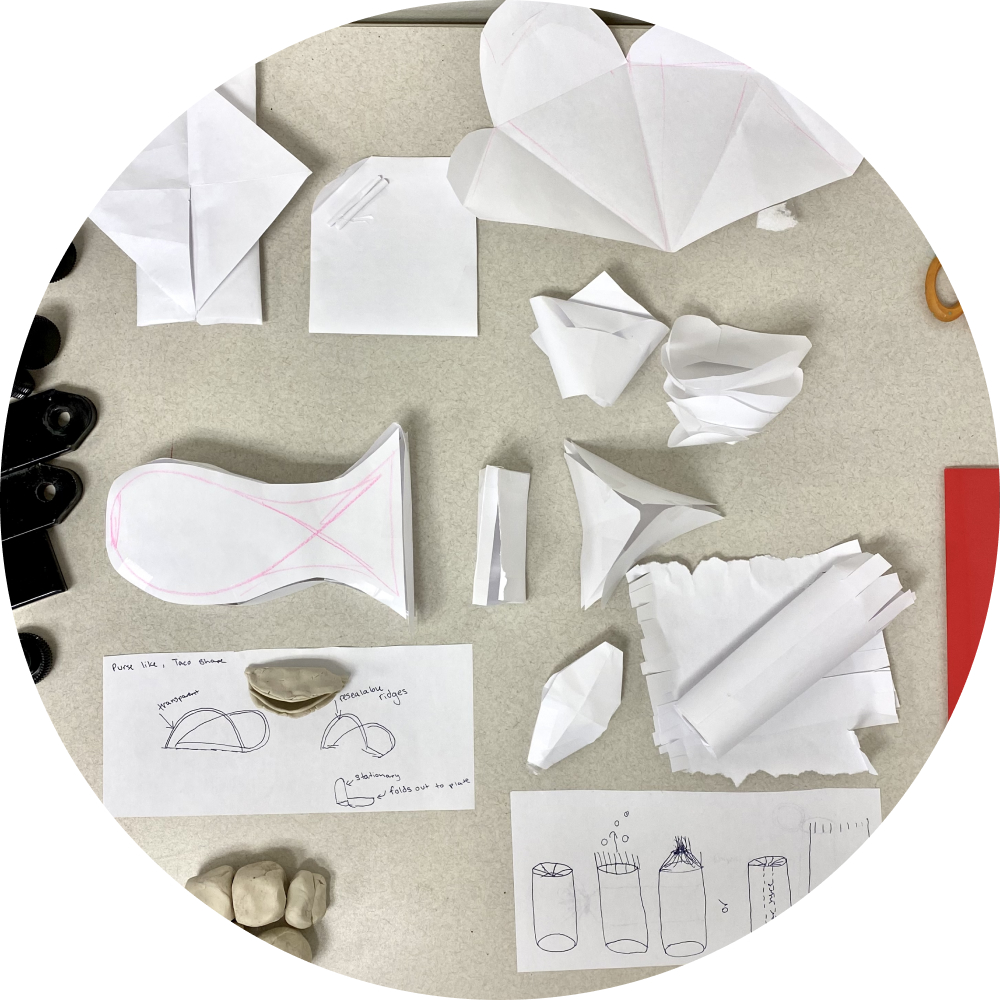

What is the RECIPES Network?
RECIPES: Resilient, Equitable, and Circular Innovations with Partnership and Education Synergies. With a grant from the National Science Foundation RECIPES is a network of crossdisciplinary professionals, educators, and students.
Problem: 40% of food produced is never eaten resulting in lost resources and pollution, economic costs, and decreased food security.
Goal: To create knowledge that transforms our wasteful system to promote sustainability, equity, and resilience.
Convergence is at the heart of how the grant is meant to be practiced.
What is Convergence?
The National Science Foundation defines convergence as a, “deep integration across disciplines.”



Ariella Knight
MFA in Industrial Design
Our Framework:

Figure: The Double Diamond diagram is a simple graphical way of describing the design process. We adapted this process for our PEELS project, inserting elements of Life Cycle Assessment, as well as Best Management Practices and a Circular Economy Analysis. Incorporating these methods into our broadening (data gathering) moments, helped us in our narrowing (testing and evaluating) phases, while ensuring that we remained aligned with the goals of waste reduction and prevention.
Our Convergent Solution To Food Waste

PEELS: Packages Evolving and Encasing Little Snacks
A valorized biopolymer wrapping for single-serving food items .
Use of design process to conceptualize a real product.
Use of science to determine the environmental implications of the product.
How can single serving size reduce food waste?
Helén Willams, an Associate Professor of Environmental and Energy states that:
“Encouraging more serving size packaging at a time when many want to discontinue packaging completely, is controversial. But our research shows that food in smarter packaging, for example in smaller portions which can be eaten to a greater extent, are better for the climate even if more packaging materials are used.”
But what if the packaging materials were made from valorized food waste?
- Valorization is the process of converting waste into a usable commodity.
- Circular economy focuses on solutions inspired by nature, in which materials and value are used, reused, and recovered and waste is minimized, in contrast to the current linear model of food production, consumption and waste.
- Taking peels that have a wasted potential and assigning them a new value through turning them into wrapping that can then be composted or put into anerobic digesters and turned into energy
Life Cycle Factors: Determining what peels to use

- Popularity of produce
- Import and export frequency
- Industrial process that result in peels (Apple Juice, Wine, French Fry)
- Production location in the US
- If produce is most consumed at a consumer level
- Crop revenue
Early Sketching

Incorporating "Design Elements to Reduce Food Waste" from the Sustainable Packaging Coalition 2022 Guidelines

Project Shifts & Changes

- Shift from lesson plan to actual project
- Looking for a Gelatin Replacement, exploring seaweed.
- Molding issues, thinking about preservatives.
- For the future: 3D Print mold. User testing of 2 or 3 designs for real world functionality. Improving and iterating on the design.
- Perform a circular economy analysis.
Wicked Problems, like Food Waste, require an Abundance of solutions. We hope PEELS can be one of them.

